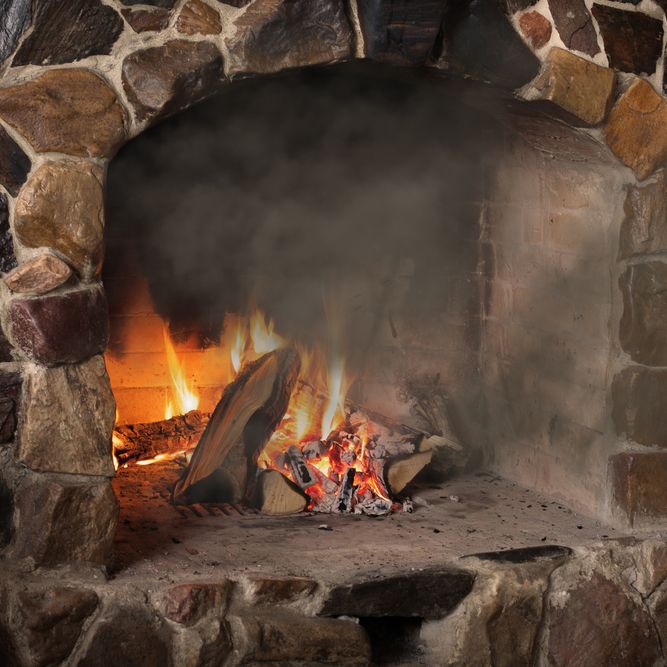Why fireplaces work and how best to build them has been a topic of hot debate literally for centuries. From the first stone rings stacked around the campfire to the modern factory built fireplaces with carefully engineered dimensions, there has been a steady evolution of design parameters to make sure they draw well and cast as much heat as possible. Most of this evolution has been by trial and error, and some designs work much better than others. Simply put, fireplaces work mainly because hot air rises. When you start a fire, the air inside the chimney becomes warmer and less dense than the air outside the chimney, and consequently it starts to rise. As the warm air rises, cooler air from the room flows into the firebox, fanning the fire, and creating more heat in an ongoing cycle. There are also some pressure differentials produced as wind moves across the top of your chimney.

